| Start
Intro
Day
A19
Day A21 |
| Day A20 - Into the
Camargue |
| April
21,
2013
Arles to
Saint-Gilles
12 miles |
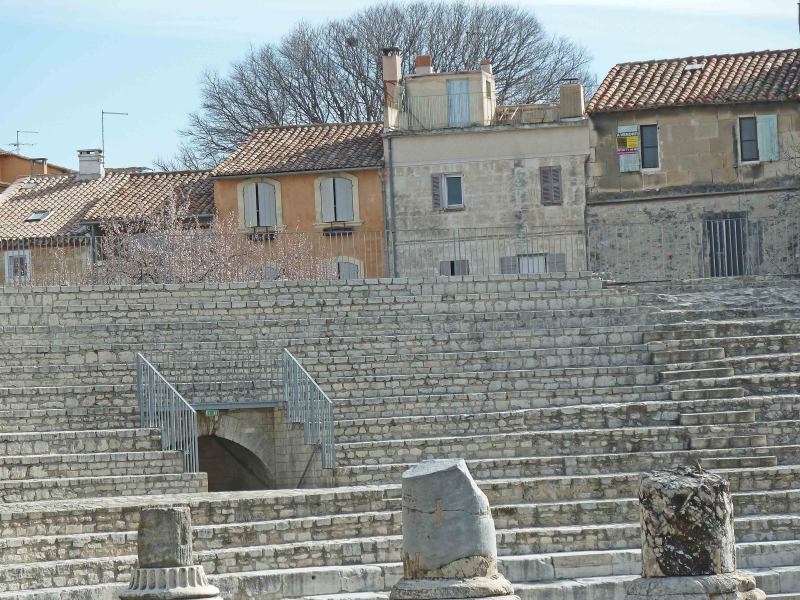 |
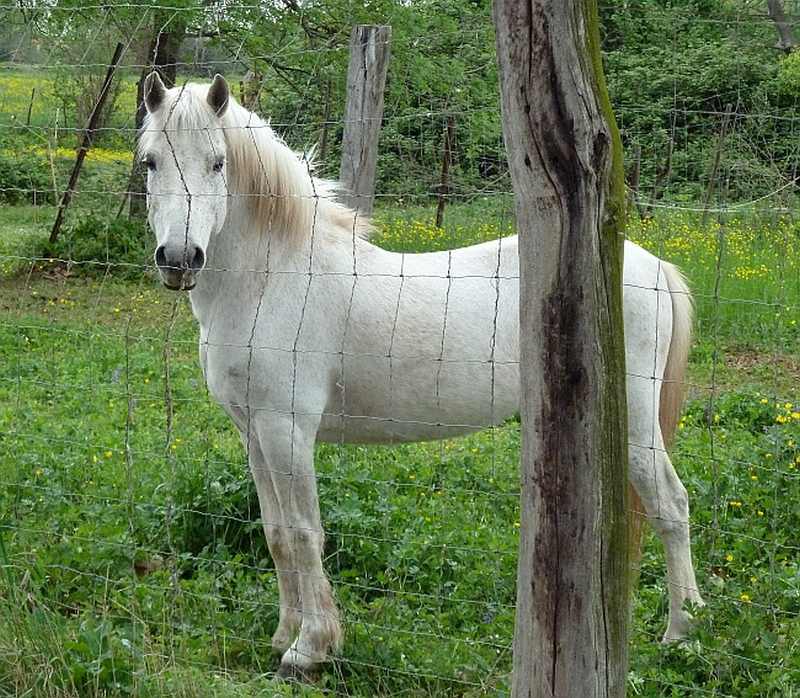 |
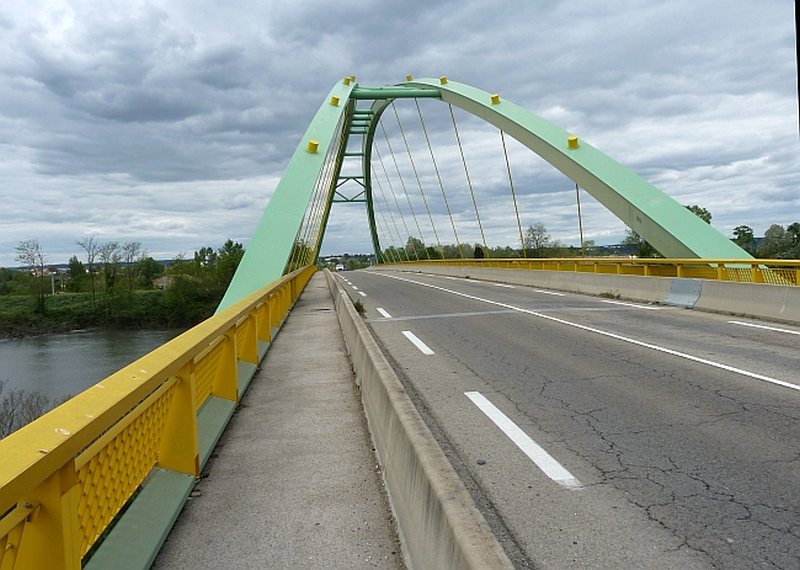 |
 |
|
The weather forecast spoke of more bearable southbound winds, and no rain. And the temperature did stay in a comfortable range all day. Having forgotten the numbers as I write this, I still remember a crisp morning and a cool day just right for hiking. Leaving Arles and its Roman architecture (see top picture), I Immediately crossed the Rhône at the Pont de Trinquitailles (not the bridge pictured here), which is Arles' non-autoroute bridge, I felt I'd finished the east and central portions of the hike, and started on its western stretch. The Rhône is not, however, a mighty river here just 30 miles from its mouth. A short distance upriver from Arles, and in the vicinity of the aptly-named town of Fourques, the Rhône . . . forks, feeding le Petit Rhône which runs west of the Rhône and which I crossed (picture above) at the end of the day. Both rivers also feed canals. I chose a rural route to my destination of Saint-Gilles, a local road called the chemin de Casseneuve a Rigaudon, which first follows a curved northwest path leaving Arles and transitions to a southwest one nearing Saint-Gilles. It added a couple of miles, but gave me a traffic-free day in a bucolic countryside of farms and farmhouses, horses, bikers, an abandoned rail line, and quiet. The wind was never strong and nor did it ever rain, but a low overcast of sometimes-dark clouds kept me wondering. (See the bridge picture above.) Nearing Saint-Gilles, first crossing the Petit Rhone, one comes to a section of town built on the Canal de Rhône à Sête (Rhône canal to Sête), this being one of a number of Rhône canals and the one which, near Sête, joins the Canal du Midi. For a couple of hours today, I passed through the very northern tip of the Camargue, a large regional conservation area taking up most of the Rhône delta and significant wetlands. The Camargue is famous for its once-wild, white horses. I met several of the domestic variety today and, yes, nearly all of them were white. The breed is controlled by the French government, and real Camargue horses are used to herd local Camargue cattle and at bullfights. The Camargue is known in the English-speaking world partly through Roy Campbell's poem Horses on the Camargue, which is often taught to schoolchildren because of its imagery. It's pretty powerful when read sixty years later! I've been meaning to write about the success of my hiking shoes, which I'm using instead of boots. But I knew that even thinking how good they are would tempt fate. Fate has now given me a blistered left heel. On examining the boots, I see a hole in the back. The hole extends to the very back of the boot where fortunately it's water-protected by rubber skin running up the outside from the heel. This evening, I created my own plug from layers of Moleskin, and then patched the whole interior of the heel with a sheet of it. Will my patch hold up tomorrow, or will I have to hunt for new shoes? Now that I've done today's 12 miles to Saint-Gilles, there are just 60 miles to the Part A finish line. The shoes may need further repairs, but I think that they (and I) will go the distance. The Mistral is forecast to continue on Monday and Tuesday, with lightish 45 km/h (28 mph) winds. It's forecast to end on Wednesday. Quite a bit of rain is expected on Friday. But Hobson has a secret plan to avoid the rain on Friday. Come close and I'll share the secret - but please tell no one. I plan to finish the hike on Thursday. |
 |
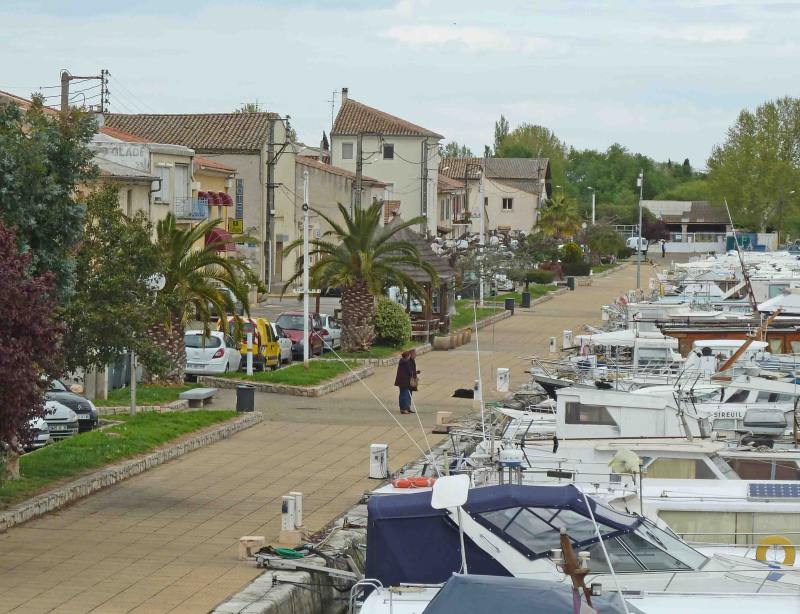 |
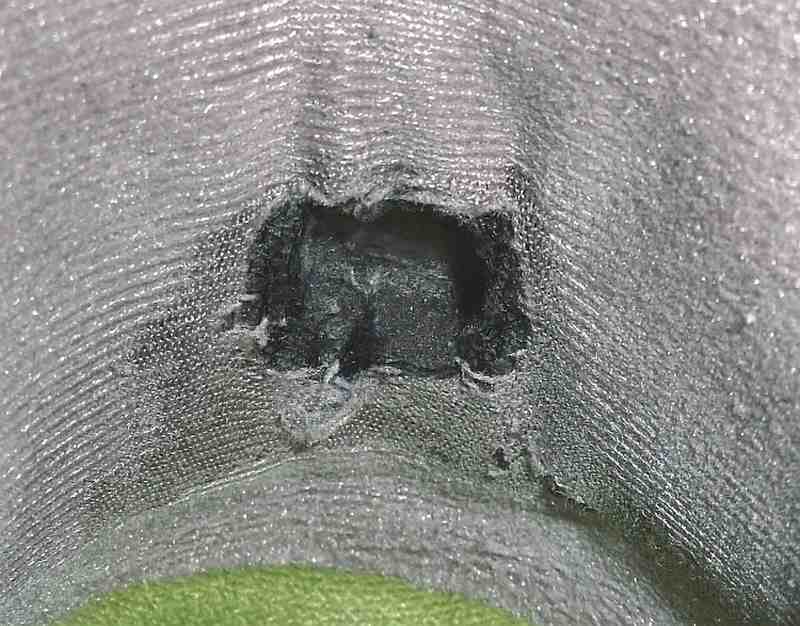 |
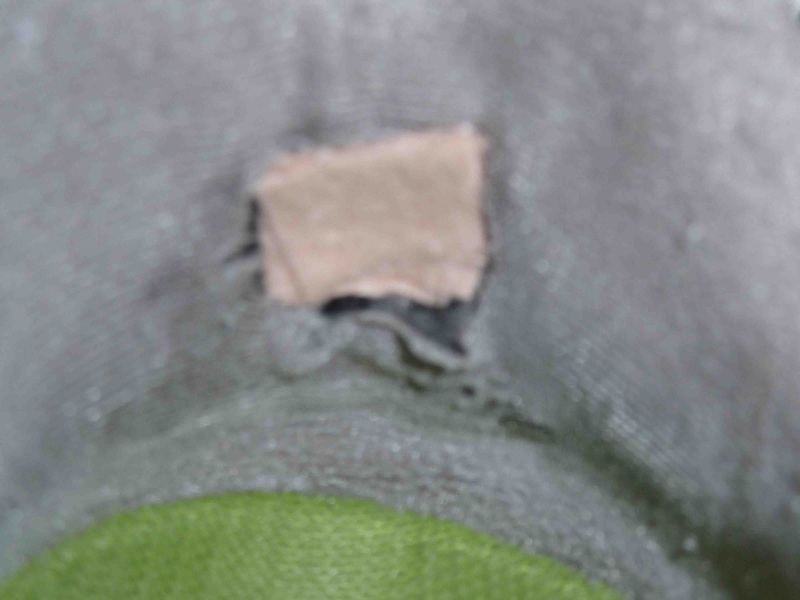 |
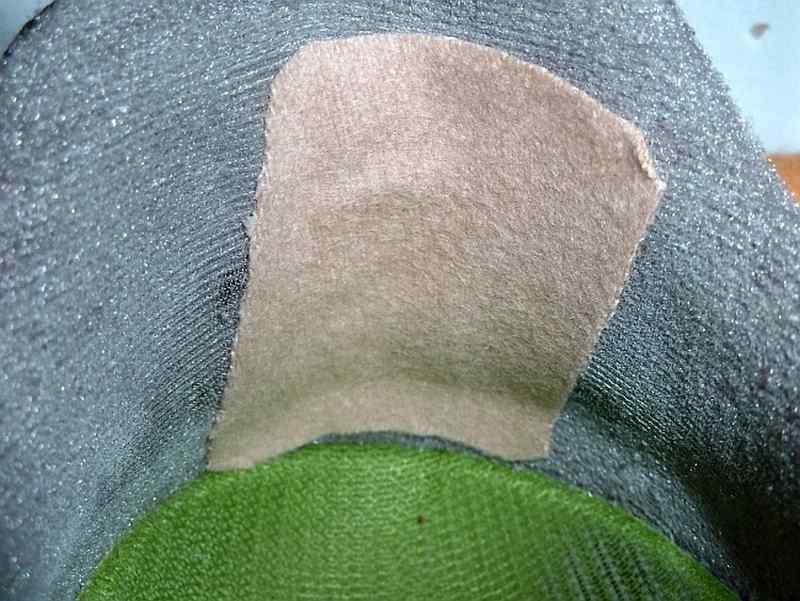 |
| Start Intro Day A19 Day A21 |
© 2013 Daryl May |